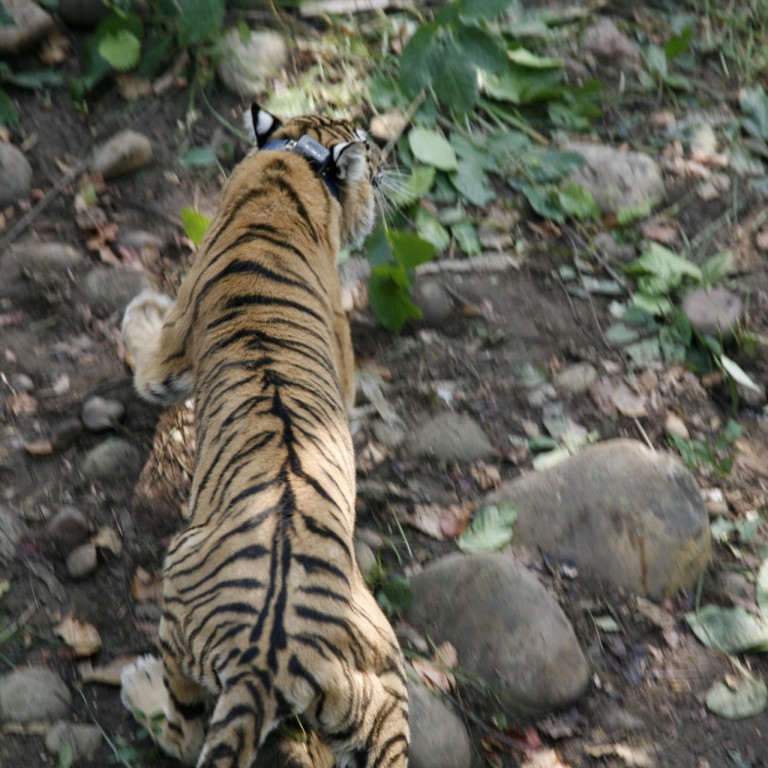
Google Glass and drones leading the fight against poaching in Nepal
Conservation group experimenting with Google Glass and drones to protect endangered species
An animal welfare group in Nepal has concluded an experiment with Google Glass that uses the wearable computing device to help track and document the characteristics of endangered rhinos as part of efforts to combat poaching.
The exercise is part of Nepal's attempts to harness new technologies to tackle the illegal wildlife trade, which poses a threat to the country's vulnerable and endangered species.
The World Wide Fund for Nature Nepal is using an ID-based monitoring system rigged up to researchers wearing Glass to track rhinos. The smart glasses follow voice commands to document the location of the animals through GPS and capture their movements and individual characteristics on camera. This information along with details about the surrounding habitat is uploaded to a database known as Monitoring Information System Technology.
The information is stored in a system readily accessible to authorities.
Elephant ivory prices triple in Chinese workshops
Sabita Malla, a senior researcher at the WWF, said traditional methods of inputting such data on rhinos take days, so the experiment with the device represents a promising step forward.

As part of Google's Giving Through Glass initiative, a custom-made application was designed for Glass with animal conservation in mind.
Home to several vulnerable and endangered species such as rhinos, tigers and snow leopards, Nepal celebrated a "zero poaching year" in March, with no rhinos, tigers or elephants killed in the preceding 12 months. This ended in May when a rhino was killed for its horn, highlighting the continued threat from illegal traders.
Conservationists believe an aggressive mobilisation of human resources, including community-based anti-poaching units, coupled with advanced monitoring technology can help combat wildlife crimes.
Starting this year, Nepal will implement so-called smart patrolling in its protected areas. An upgraded version of the monitoring information system will be launched, and daily patrol units will use GPS devices to record data from the field - from wildlife encounters to any suspicious activities or encroachment.
"It makes patrolling more scientific," said Diwakar Chapagain from the wildlife trade monitoring department at WWF Nepal. "It's more evidence based."
In 2012, unmanned aircraft fitted with cameras were tested in one of Nepal's national parks. The conservation drones can cover a 25-kilometre radius in 45 minutes to monitor animals as well as any illegal activity.
Besides bolstering anti-poaching efforts, modern technologies have also helped with the study of endangered animals and their habitats, said Maheshwar Dhakal, ecologist at the Department of National Park and Wildlife Conservation.
While satellite radio collars have been most effective in monitoring the movements of tigers, rhinos, elephants and snow leopards, camera traps set up across the country's protected areas have also helped compile a comprehensive database on the tiger population.
"Cutting-edge information technology enhances our ideas and understanding and helps managers, policymakers, researchers and local communities to work better," Dhakal said. "It also helps with the government's planning system."
However, he pointed out that in a country like Nepal with a diverse geography and limited conservation budget, it was important to assess the financial and technical sustainability of these technological tools.
In recent years, while some countries have seen the numbers of their protected species slide, Nepal has witnessed an increase in the population of rhinos and tigers, despite rampant international demand for their organs and skins.
"Technology is part of the solution," Chapagain said. "But there has to be a series of control mechanisms and monitoring in remote areas with little or no patrolling. It is important for everyone to work together, including on trans-boundary cooperation with other countries."

